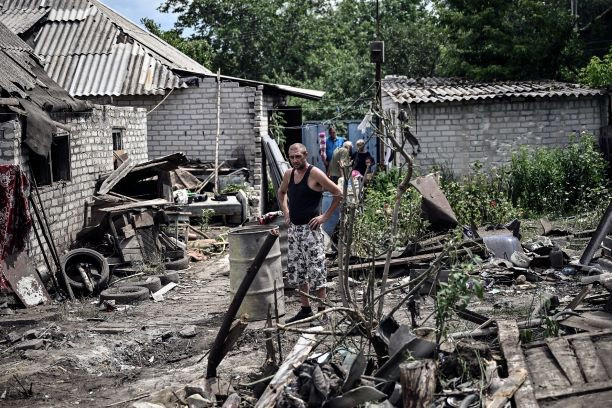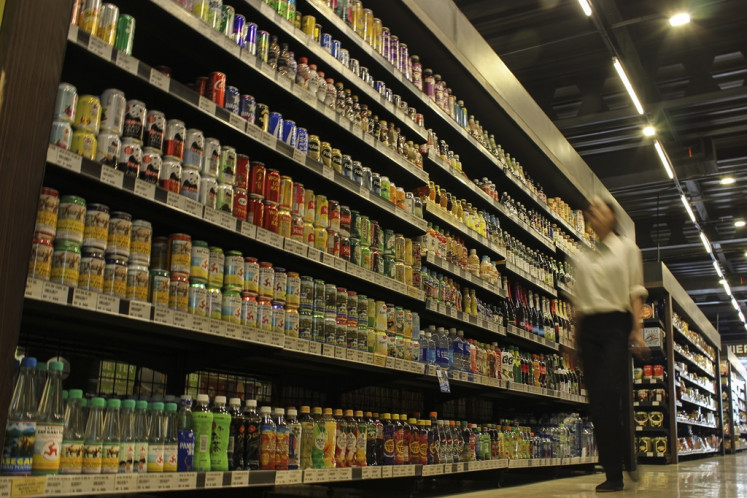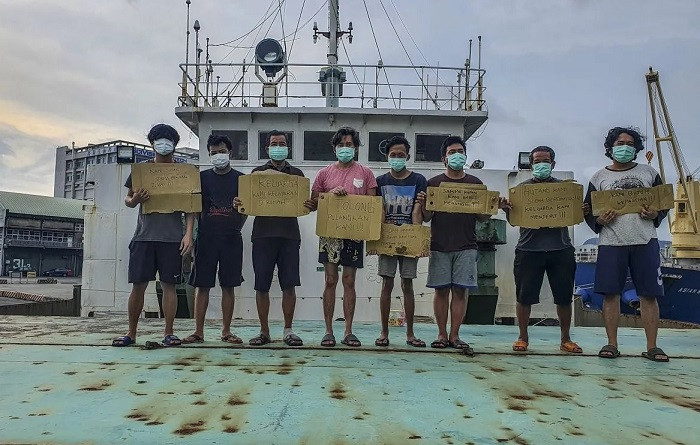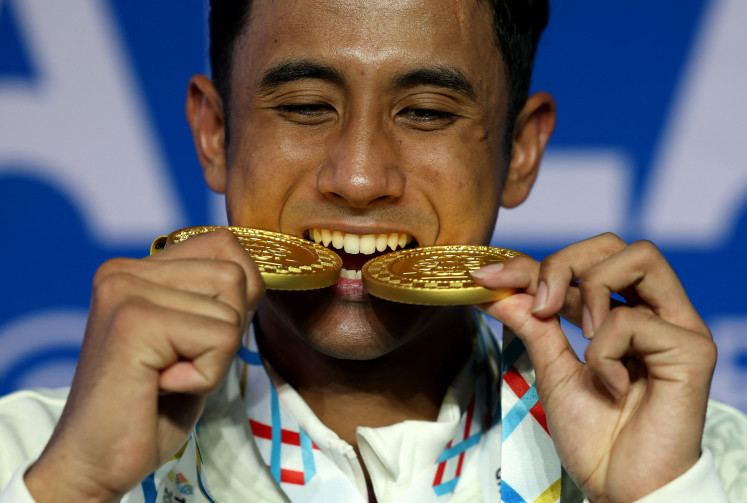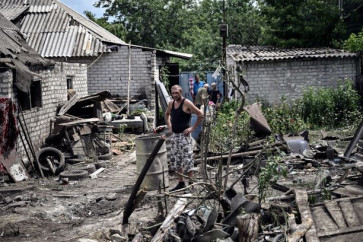Popular Reads
Top Results
Can't find what you're looking for?
View all search resultsPopular Reads
Top Results
Can't find what you're looking for?
View all search resultsBehind Russia’s invasion of Ukraine and how to restore peace
Perhaps the best solution would be if President Putin and his Ukrainian counterpart Volodymyr Zelensky agreed to a neutral Ukraine that would act as buffer for both Russia and the West.
Change text size
Gift Premium Articles
to Anyone
R
ussia’s invasion of Ukraine was premeditated; it fired the first shot and invaded Ukraine. The facts are as clear as daylight.
However, what really prompted President Vladimir Putin to take such a monumental risk? Why would he put Russia into the position of potentially losing 55 billion metric tons of gas exports through the Nordstream 2 pipeline, which cost Russia, together with Germany, US$11 billion to build? Why would he risk losing the 36.5 percent of Russia’s imports and the 37.9 percent of its exports that the European Union accounts for, not to mention facing extreme sanctions that could render the country and himself global outcasts?
This is in addition to having all his wealth scrutinized, investigated and frozen. Surely there must be reasons of vital interests and security stakes for which no amount of sacrifice is too big to bear.
To answer those questions, we need to wind the clock back to the breakup of the Soviet Union. According to the 2017 declassified United States National Defense archives, then-US state secretary James Baker assured then-Soviet Union leader Mikhail Gorbachev that if he agreed to the demolition of the Berlin wall and the reunification of Germany, NATO would not move an inch eastward.
Despite receiving a positive nod, NATO thereafter pushed swiftly eastward incorporating Poland, Czechoslovakia and Hungary in 1996. This was followed by the dismantling of Yugoslavia and the bombing of Kosovo. The second phase of NATO’s expansion eastward occurred when the Baltic states of Estonia, Latvia and Lithuania, as well as Romania and Bulgaria, joined NATO in a stark contradiction of the US guarantee. This completed the encirclement of today’s Russia.
In addition to this, the developed EU also pushed hard eastward, threatening to put Russia’s less developed economy into question among its populace. Along with NATO’s military might and the EU’s economic showcase came the “Orange Revolution”, which pushed for democracy.
All these moves were seen as highly provocative to the Russian regime. The last straw came in 2014 in Romania with the Bucharest Declaration concerning the looming inclusion of Ukraine and Georgia in NATO. Finally, the match that lit the straw was when then-Ukrainian president Viktor Yanukovych, who was friendly to Russia, was ousted by an upheaval that presumably was supported by the Western powers. This was supposedly evident by the presence of the French and German foreign ministers as well as that of US undersecretary of state Victoria Nuland in Ukraine at the height of the uprising.

